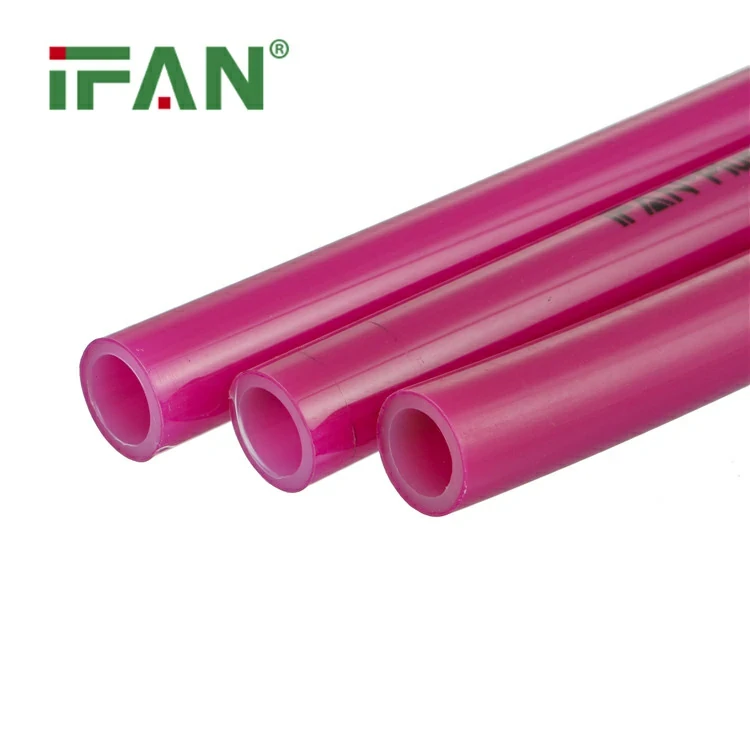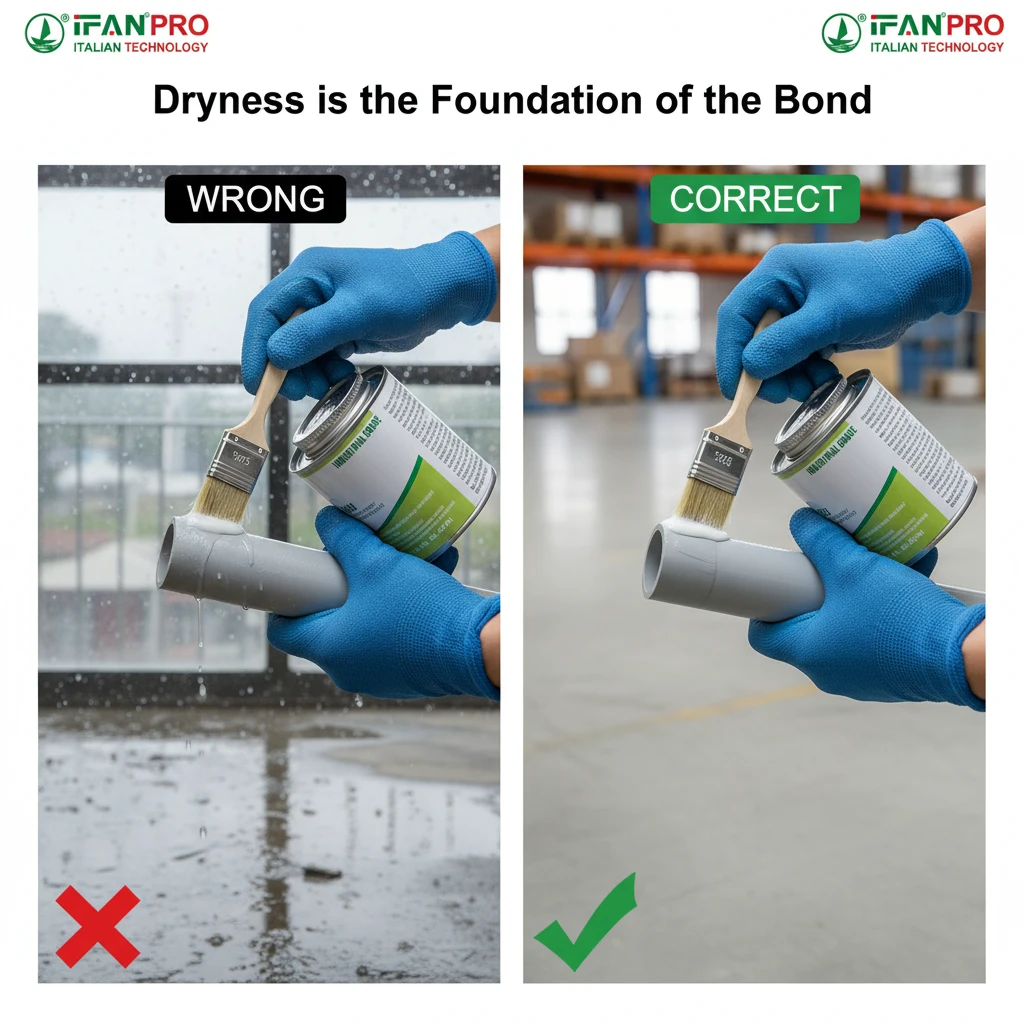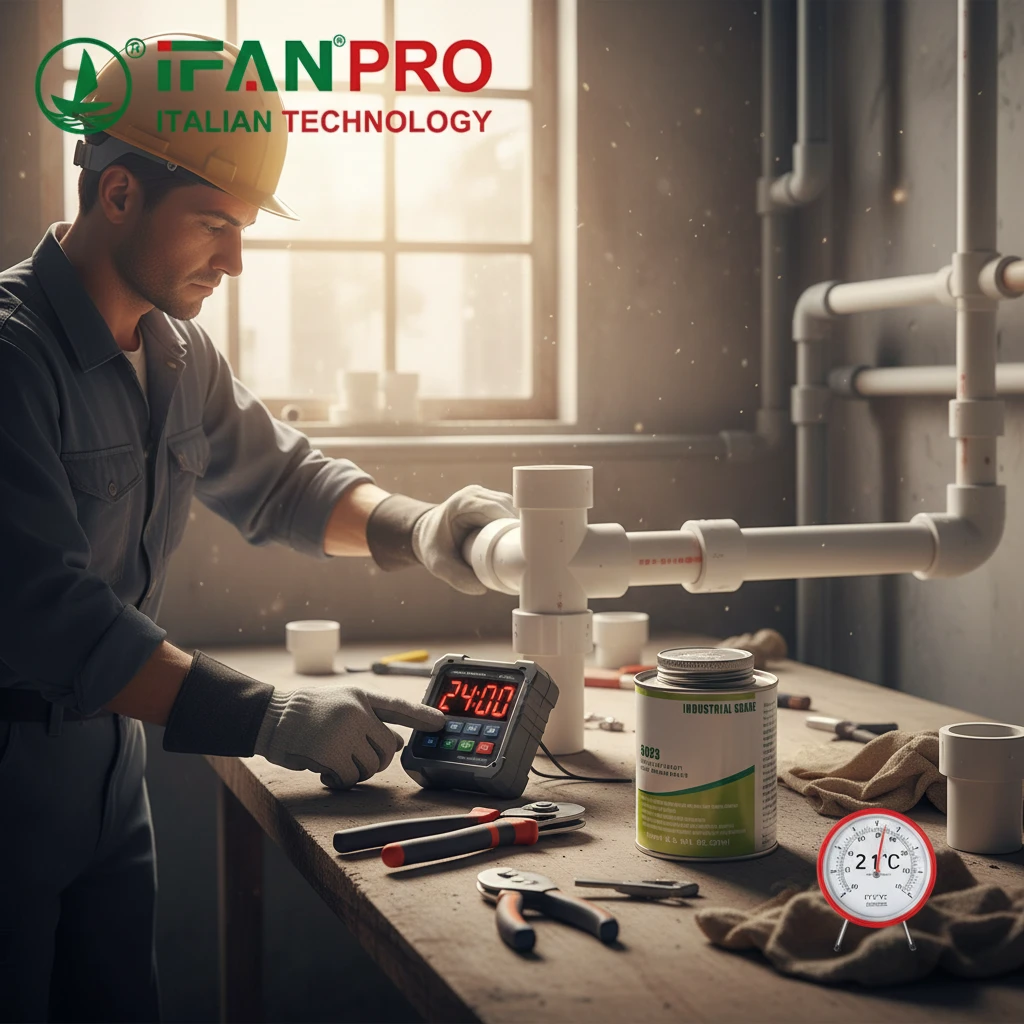Table des matières
隐藏
1. Introduction: The Critical Role of PEX EVOH Pipe in Modern Plumbing
- Explain what PEX EVOH pipe is: PEX (cross-linked polyethylene) with an EVOH (ethylene-vinyl alcohol copolymer) oxygen barrier layer.
- Highlight the problem: Oxygen infiltration in hydronic systems causes corrosion in boilers, radiators, and valves.
- Position EVOH PEX as the solution: Superior oxygen resistance, durability, and flexibility for residential, commercial, and industrial applications.
- Introduce your brand (e.g., a trusted manufacturer/supplier) as a source of high-quality PEX EVOH pipe (link to your website’s product page).
2. Key Features of Premium PEX EVOH Pipe: What Makes It Stand Out
- Oxygen Barrier Technology:
- EVOH layer reduces oxygen permeability by up to 99%, meeting strict standards (e.g., EN 15805, ASTM F2550).
- Compliance with international regulations for systems requiring oxygen protection (e.g., underfloor heating, potable water).
- Material & Construction Advantages:
- Cross-linked PEX-A, PEX-B, or PEX-C options for varying temperature/pressure tolerances (e.g., -40°C to 95°C, 10-16 bar).
- UV resistance for outdoor use and anti-corrosive properties for long-term reliability.
- Installation Benefits:
- Flexible, kink-resistant tubing reduces installation time and labor costs.
- Compatibility with common fittings (crimp, clamp, push-to-connect) for versatile plumbing setups.
3. Where to Use PEX EVOH Pipe: Diverse Applications
- Residential Hydronic Systems:
- Underfloor heating, radiant heating, and potable water supply (ensures water purity and protects metal components).
- Commercial & Industrial Setups:
- District heating, cooling systems, and industrial fluid transport (resistant to chemical erosion and high-pressure environments).
- Renewable Energy Solutions:
- Solar thermal systems and geothermal heat pumps (withstands temperature fluctuations and oxygen-induced corrosion).
- Case Study Insight: How a European housing project reduced maintenance costs by 40% using EVOH PEX instead of standard PEX.
4. How to Identify High-Quality PEX EVOH Pipe: Key Buying Criteria
- Certifications & Standards:
- Look for EN 12201, ASTM F1282, or ISO 22239 to ensure oxygen barrier effectiveness and material safety.
- Check for third-party testing (e.g., SGS, TÜV) to validate performance claims.
- Wall Thickness & Dimensions:
- Proper wall thickness (SDR11, SDR9) for your pressure and temperature requirements (e.g., thicker walls for high-pressure industrial use).
- Sizes ranging from 10mm to 110mm to fit diverse project needs.
- Manufacturing Process:
- Single-layer vs. multi-layer extrusion: High-quality EVOH pipes use co-extrusion for uniform barrier integration.
- Avoid suppliers with inconsistent color or texture (signs of poor manufacturing).

5. Choosing the Right Supplier: Factors for a Successful Purchase
- Manufacturing Expertise:
- Direct manufacturers (not middlemen) offer better pricing, customization, and quality control (e.g., your factory’s OEM/ODM capabilities).
- Transparent production processes (showcase your factory’s facilities or videos on your website).
- Customization Options:
- Colored tubing for easy system identification (red for hot water, blue for cold).
- Printed logos, specifications, or barcodes for brand differentiation (ideal for wholesalers/distributors).
- Service & Support:
- Low MOQs (e.g., 500 meters for samples, 5,000 meters for bulk orders).
- Global shipping with clear logistics options (DDP, FOB) and responsive after-sales service.
6. Top Tips for a Smooth Purchase: From Inquiry to Delivery
- Request Samples First: Test flexibility, thickness, and barrier performance before bulk orders.
- Compare Quotes Carefully: Balance cost with quality—cheap pipes may lack proper EVOH layers or certifications.
- Check Lead Times: Ensure the supplier can meet your project timeline (e.g., 15-30 days for standard orders, 45 days for custom designs).
- Ask About Warranty: Look for guarantees on oxygen barrier effectiveness (e.g., 5-10 years) and material durability.
7. Ready to Source High-Quality PEX EVOH Pipe? Take Action Today
- Recap the benefits: Corrosion protection, durability, and versatility for critical plumbing systems.
- Encourage next steps:
- Visit your website’s [PEX EVOH pipe product page](insert URL) with detailed specs and certifications.
- Contact your team for a personalized quote (include a clickable contact form or email address).
- Download a free guide on “How to Maintain Hydronic Systems with EVOH PEX” (offer a lead magnet for SEO and lead generation).
Conclusion: Invest in Quality for Long-Term Plumbing Success
Emphasize that choosing high-quality PEX EVOH pipe is an investment in system longevity and cost savings. Position your brand as a reliable partner with expertise in manufacturing and customization, ready to support projects of all scales.













Commentaires récents